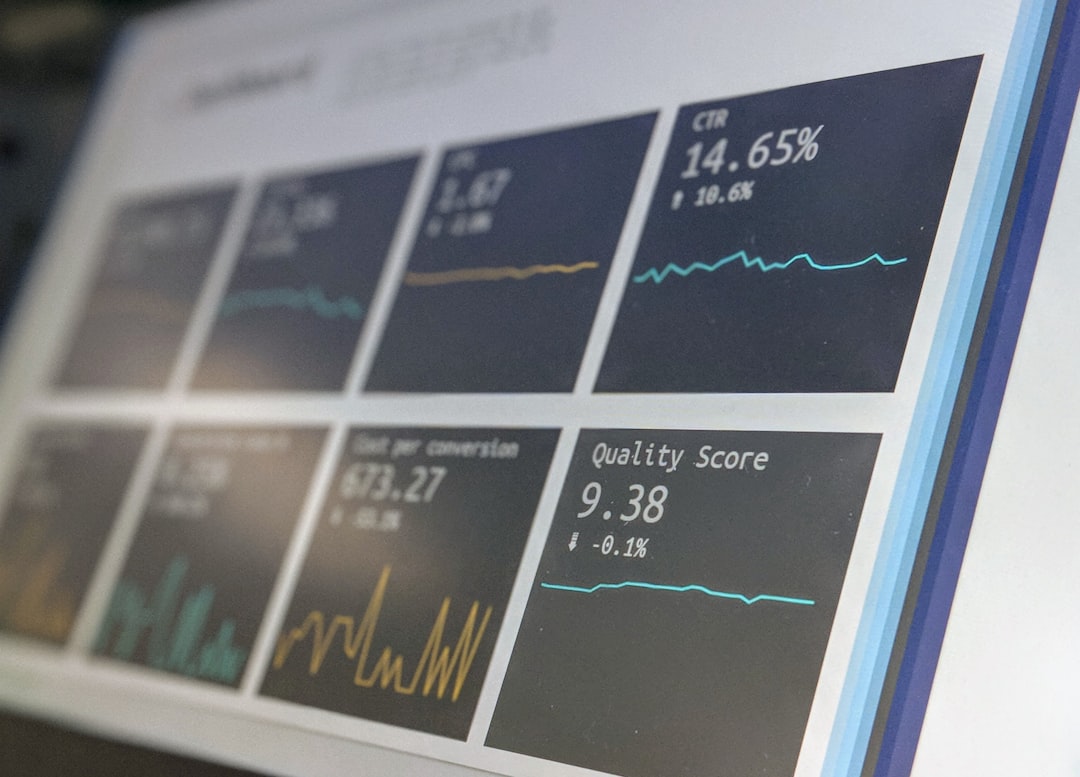
The Importance of Reliable Economic Information: A Crucial Resource for Businesses
# Introduction. In an increasingly complex and fast-paced economic landscape, the reliability of economic information is paramount. For businesses, accurate economic data informs decision-making, strategic planning, and risk assessment. This blog post explores why reliable economic information is essential and how businesses can leverage it effectively. # Understanding Economic Information. Economic information encompasses a wide range of data, including gross domestic product (GDP), unemployment rates, inflation rates, and consumer spending habits. This information serves as a vital resource in understanding market trends and the overall health of the economy. Reliable economic data allows businesses to gauge not just the current market conditions but also potential future scenarios. It helps businesses predict economic cycles, analyze consumer behavior, and adjust strategies accordingly. Managers and executives must cultivate an understanding of this data and identify trusted sources to access it effectively. # The Consequences of Using Unreliable Information. The use of unreliable or outdated economic information can lead to catastrophic consequences for businesses. Making decisions based on faulty data can result in misallocation of resources, poor investment choices, and ultimately financial losses. For instance, a business relying on inflated consumer spending numbers may assume there’s a growing market for its products and invest heavily in expansion. However, if the data was misleading, the company could face oversupply, a lack of demand, and severe cash flow issues. Additionally, consistently using unreliable information can erode trust within an organization and among stakeholders, creating uncertainty and volatility in the business environment. # Sources of Reliable Economic Information. Identifying trustworthy sources of economic information is crucial for businesses seeking to make informed decisions. Government agencies, such as the Bureau of Economic Analysis (BEA) and the Federal Reserve, often provide comprehensive economic data. Moreover, financial institutions like banks and insurance companies frequently publish economic reports and forecasts based on extensive research. Organizations such as the International Monetary Fund (IMF) and the World Bank provide global economic insights that can be invaluable for businesses with international interests. Utilizing a combination of these sources can help ensure the information a business relies on is accurate, timely, and relevant. # The Role of Technology in Accessing Economic Information. Advancements in technology have transformed the way businesses access economic information. With a click of a button, companies can now tap into real-time data analytics, sophisticated forecasting models, and economic dashboards that showcase vital indicators and metrics. Big data tools can analyze vast amounts of information, revealing correlations and trends that were previously hidden. This data can empower businesses to act quickly, seize opportunities, and anticipate market shifts effectively. By adopting technological solutions, organizations can ensure they remain competitive and informed in a rapidly changing environment. # Training Employees to Understand Economic Data. In addition to having access to reliable economic information, it is vital for businesses to invest in training their employees. Understanding how to interpret economic data and apply it to practical business scenarios can greatly enhance decision-making at all levels of an organization. Providing employees with tools and training in data literacy allows them to harness the economic information available to them effectively. Whether through workshops, online courses, or mentorship, investing in employee education pays off immensely in fostering a data-driven culture. # Conclusion. The importance of reliable economic information in today's business climate cannot be overstated. Accurate data underpins sound decision-making, risk management, and strategic foresight. Businesses that prioritize access to trustworthy economic data and invest in training employees to interpret and leverage that information will likely not only survive but thrive in an unpredictable market landscape. By recognizing the resources available, understanding their implications, and maintaining a commitment to accuracy, businesses can significantly enhance their potential for sustainable success. .








